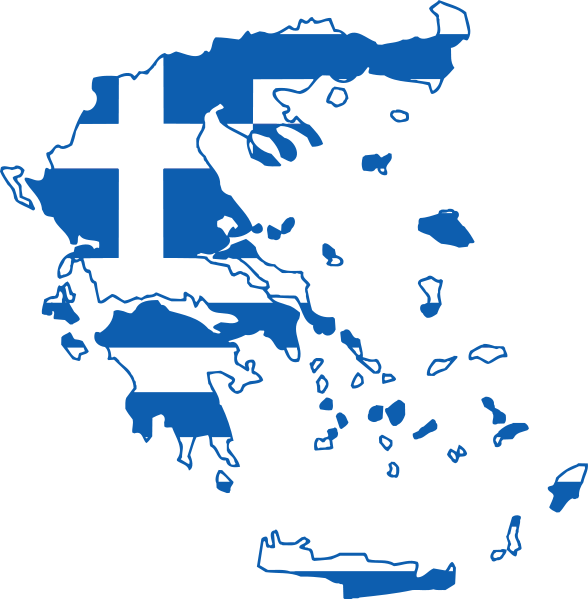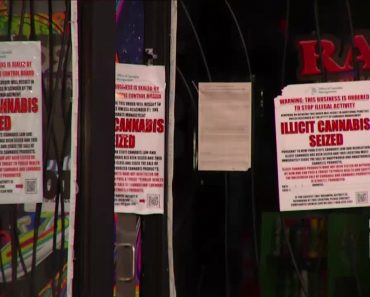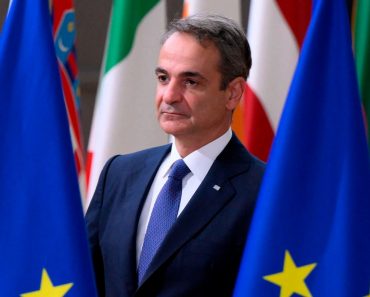The profitability of the Mediterranean aquaculture sector has improved considerably, and producers of sea bass and sea bream in the region can expect higher prices in 2025 due to lower costs and tighter supply, according to Nikos Papaioannou, the chairman of Greece-based aquafeed and fish nutrition firm IRIDA Group, who spoke recently at the IFFO’s 2024 annual conference in Lisbon, Portugal.
Though this marks positive news for the sector, Papaioannou added a caveat: environmental impact assessments for these licenses have become more onerous.
“The challenges to growth are political willingness to secure more licenses,” he said.
Greece accounts for 120,000 metric tons (MT) of the 618,000 MT annually produced of the two species globally.
That amount may grow, according to Papaioannou, because the gap between average production costs and average sales prices is growing.
The average production cost is EUR 5.32 (USD 5.74) per adult fish, Papaioannou said, compared to a sales price of EUR 6.35 (USD 6.86) per sea bass and EUR 6.60 (USD 7.13) per sea bream.
The outlook is even better for 2025, Papioannou said, explaining the industry suffered heavy cost inflation in 2022 and 2023 in the wake of the pandemic and Russia’s invasion of Ukraine.
Papaioannou’s assessment corroborates a joint 2023 Food and Agriculture Organization and General Fisheries Commission for the Mediterranean report, which found that revenue in the Mediterranean and Black seas – both regarding wild-capture fisheries and aquaculture operations – is growing.
“The rise of aquaculture is a positive indicator of economic opportunities within the industry,” Hellenic Aquaculture Producers Organization (HAPO) Director of Communications and Public Relations Ismini Bogdanou said regarding the study. “As production increases, so does the potential for job creation and economic growth, bringing financial benefits for all parties involved.”







